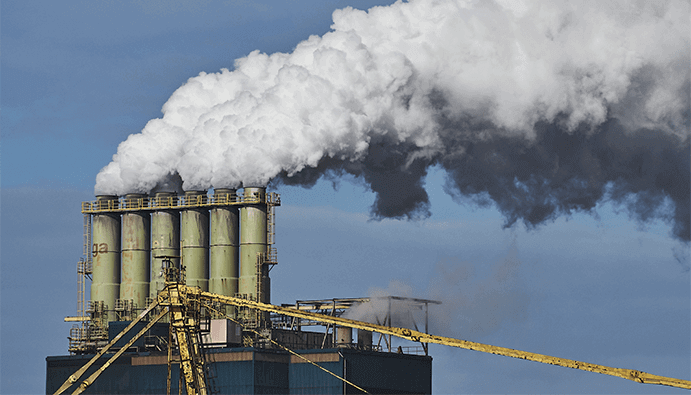
BLOG
KATEGORİDEKİ DİĞER YAZILAR

Oxides of nitrogen (NOₓ) is the common name for nitrogen monoxide (NO) and nitrogen dioxide (NO₂) gases. These gases are released from the combustion of fossil fuels and contribute significantly to air pollution. Measurement of NOₓ emissions is a critical process for controlling compliance with environmental health and air quality standards.
NOₓ emissions are at the root of environmental problems such as air pollution, acid rain, ozone depletion and global warming. The main sources of NOₓ emissions, especially in urbanized areas, are processes such as traffic, industrial activities and energy production. NOₓ emissions are regularly measured and controlled because it is a gas that can damage the respiratory system and poses a direct threat to human health.
Nitrogen oxides (NOx) are an interesting and important family of chemical compounds that pollute the air. Nitrogen oxides are a group of seven compounds. Among them, nitrogen dioxide (NO2) is the most common form of nitrogen oxides in the atmosphere produced by human activities. Nitrogen dioxide is not only a significant air pollutant in its own right, but also reacts in the atmosphere to form ozone and acid rain, which is present in ambient air.
Ozone, which forms the upper layer of the atmosphere, protects the earth from ionizing radiation from the sun. The US Environmental Protection Agency (EPA) has set standards for these ozone and nitrogen dioxides. It defines air quality levels to protect public health and public welfare from known or anticipated adverse effects of pollution. The limit value for nitrogen dioxide is 0.053 parts per million.
Nitrogen oxides are the most abundant nitrogen oxides in the air. Emissions of nitrogen oxides from combustion are mainly in the form of nitrogen monoxide. Except for nitrogen monoxide from soil, lightning and natural fires, nitrogen oxides are largely produced by human activity. Biogenic sources generally account for about 10 percent of total nitrogen monoxide emissions. Motor vehicles contribute about half of the nitrogen oxides emitted. Power plant boilers produce about 40 percent of emissions of nitrogen oxides from stationary sources.
Nitrogen dioxide is found in the atmosphere and in acid rain. When dissolved in water, it produces nitric acid. The existing ozone concentration is the product of both nitrous oxide and volatile organic compound (VOC) pollution.
Nanolab Laboratories Group continues to provide services within the scope of Determination of Nitrogen Monoxide (NO), Nitrogen Dioxide (NO₂) and NOₓ Emissions. We also provide services in Environmental Analysis.
Contact us for more information.
You can follow us on LinkedIn for up-to-date news and shares about our services.
Follow our Instagram account to be informed about our latest blog posts.